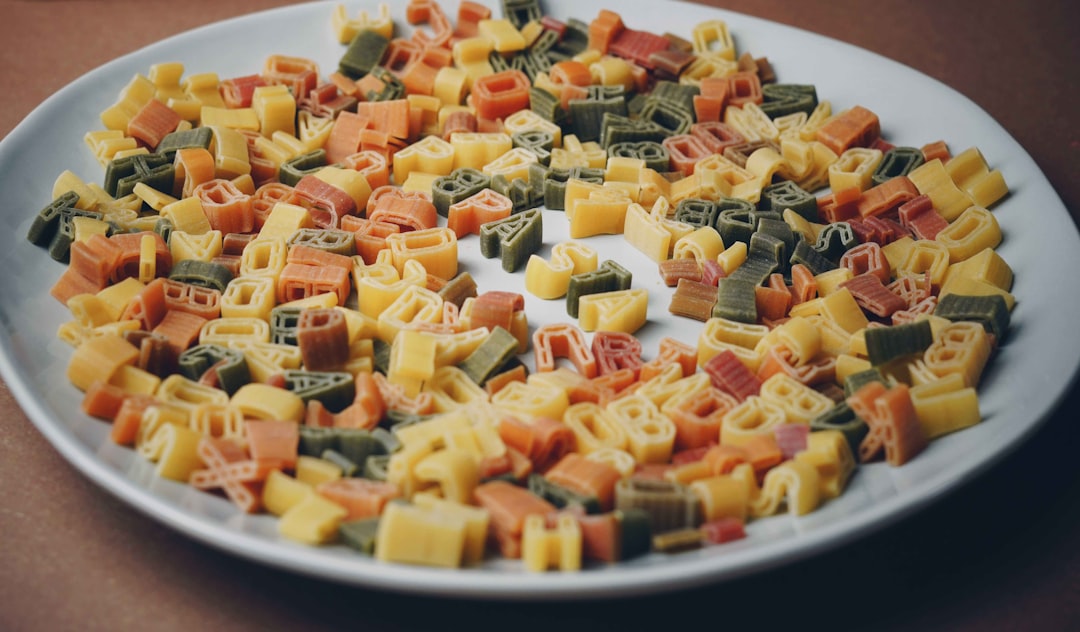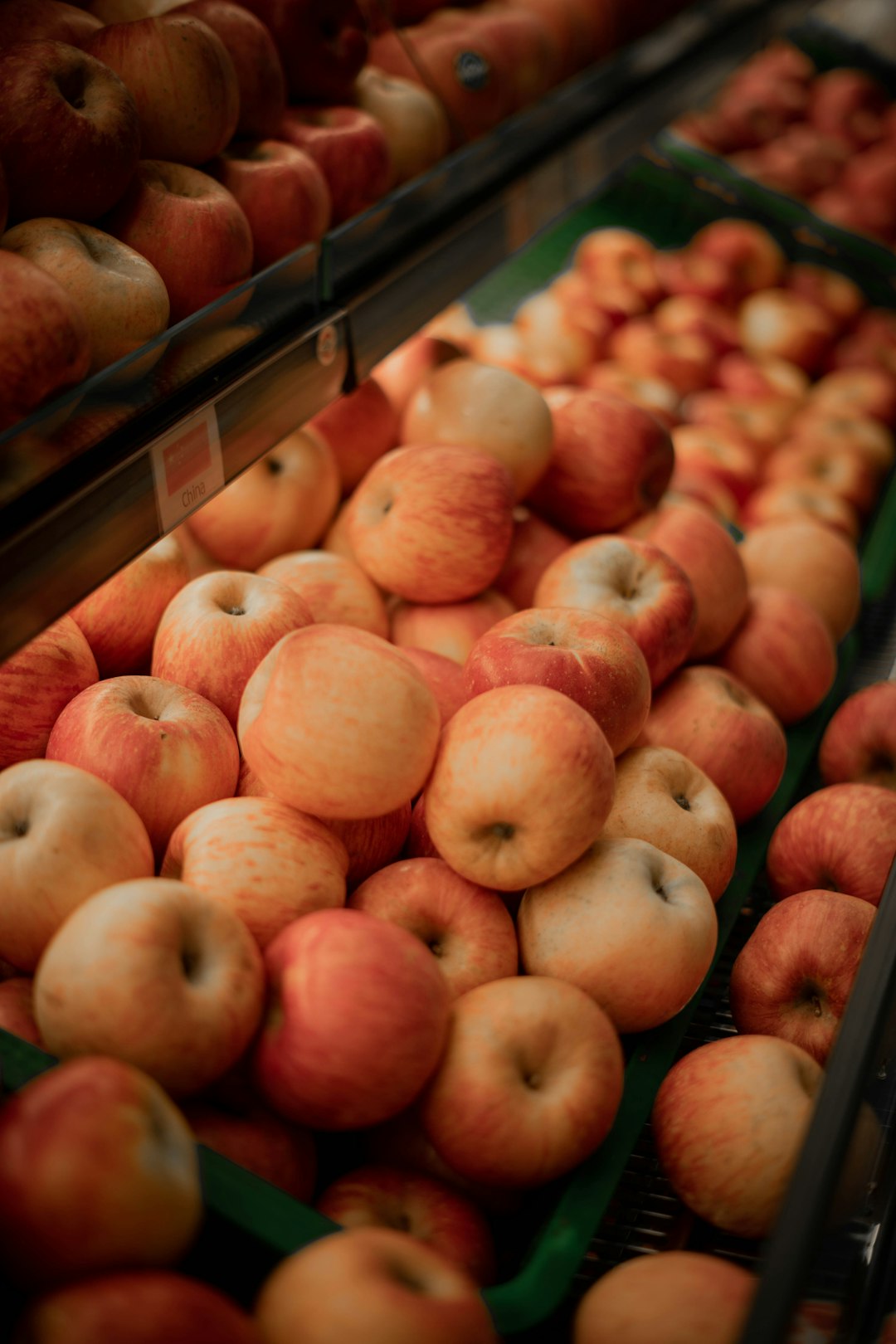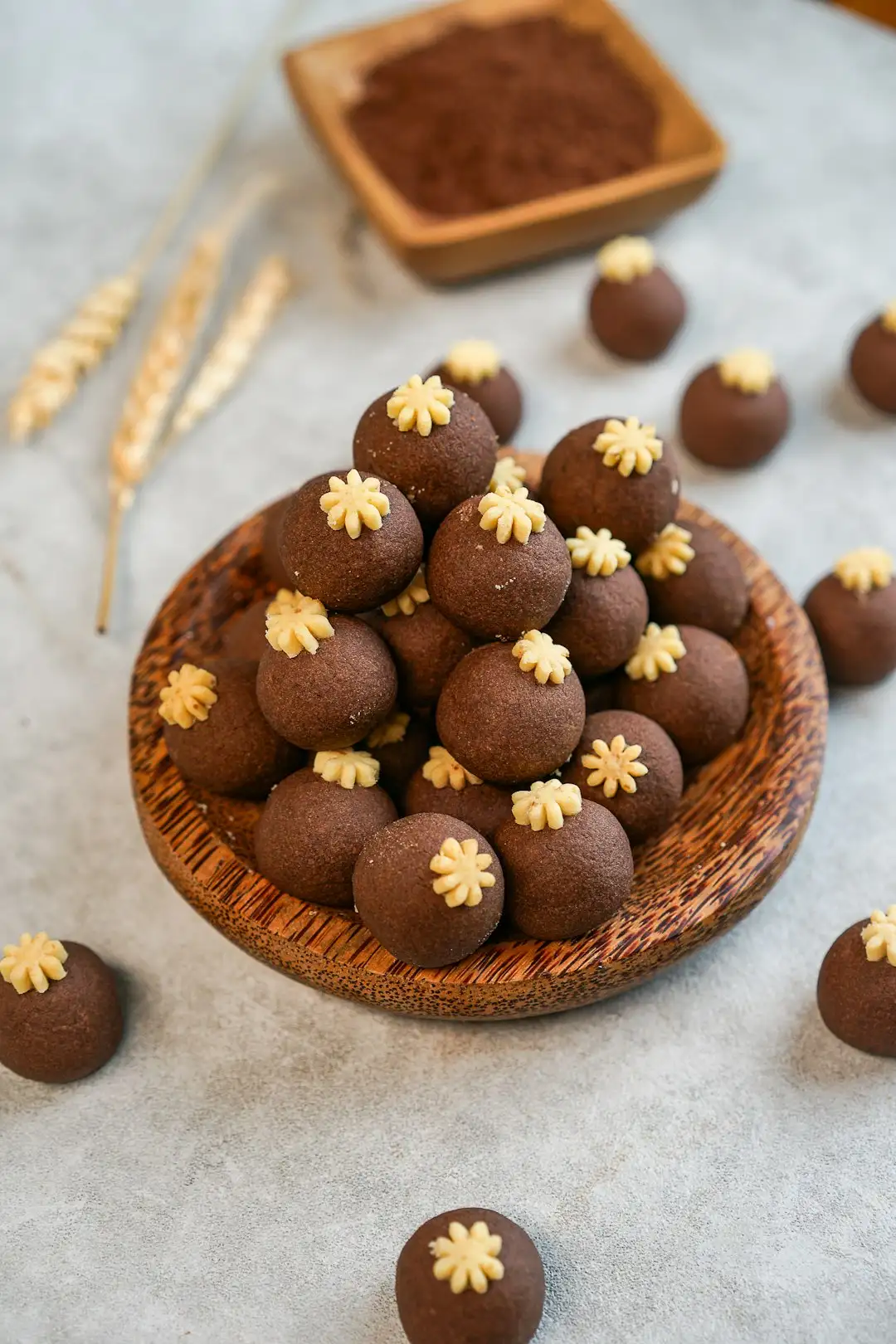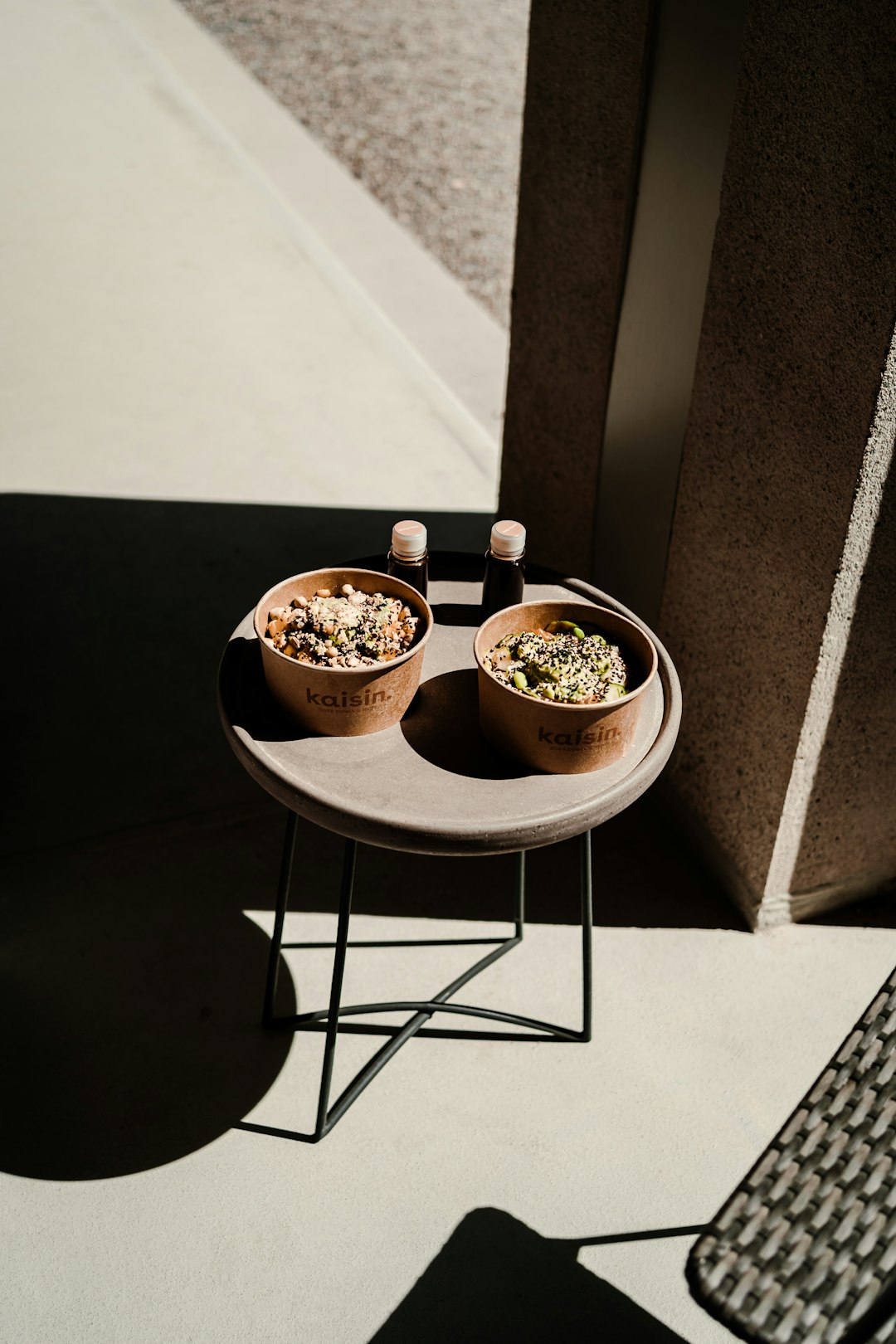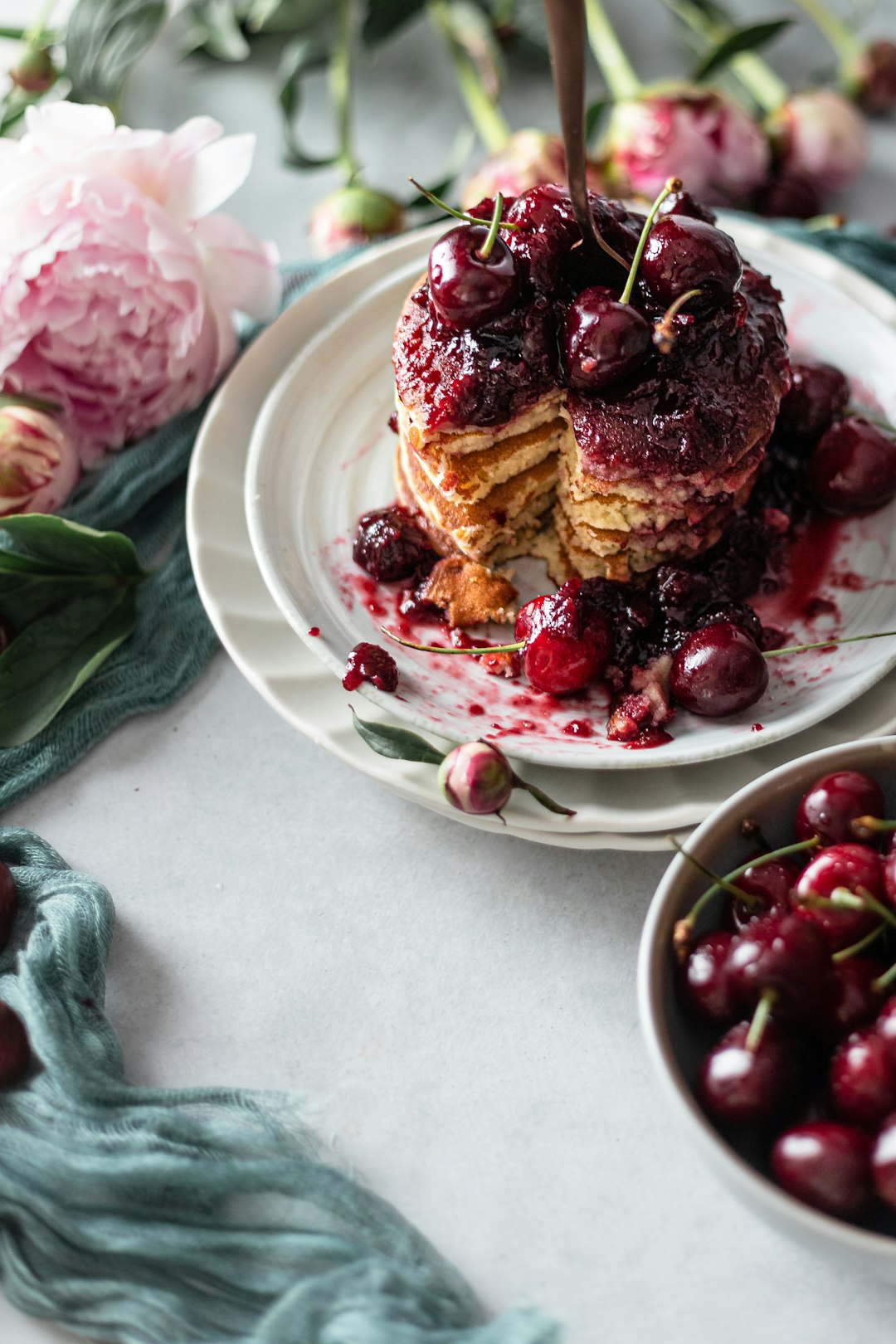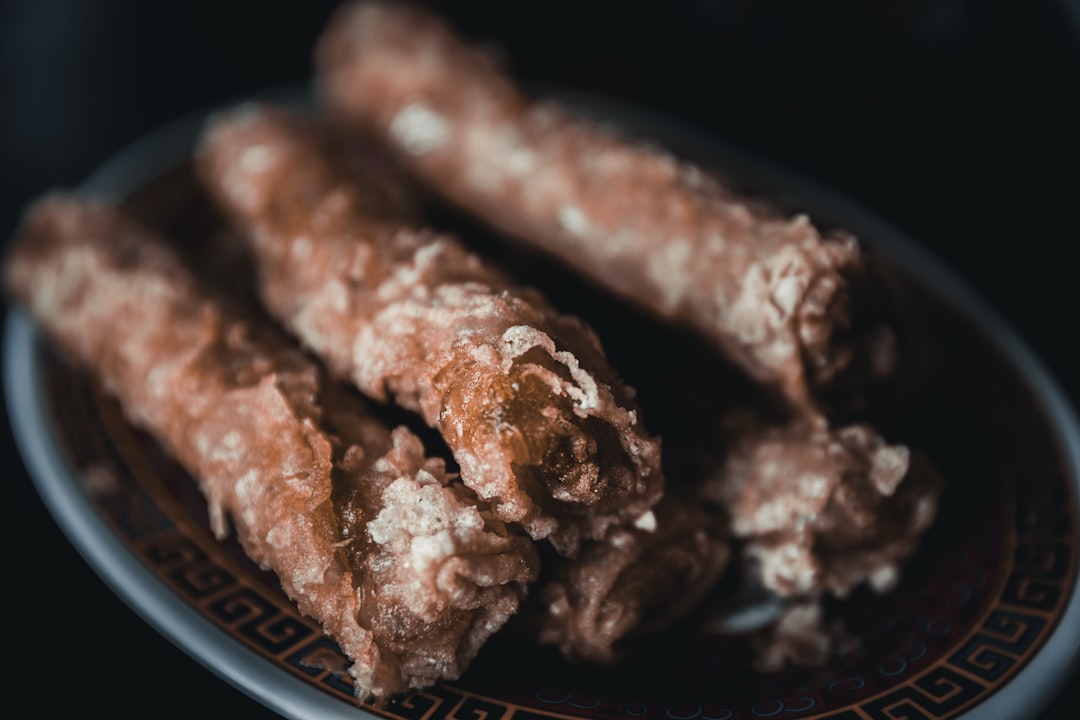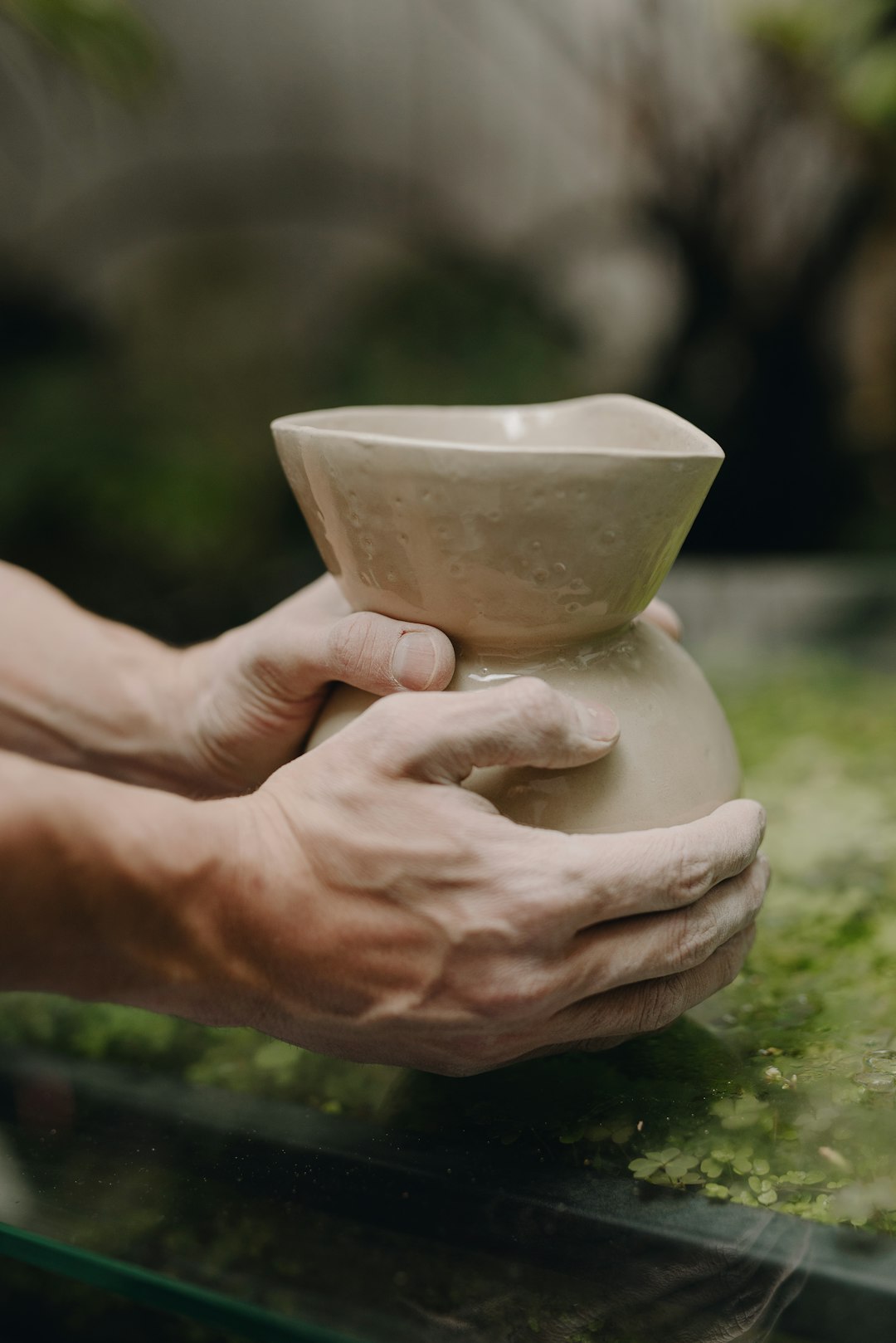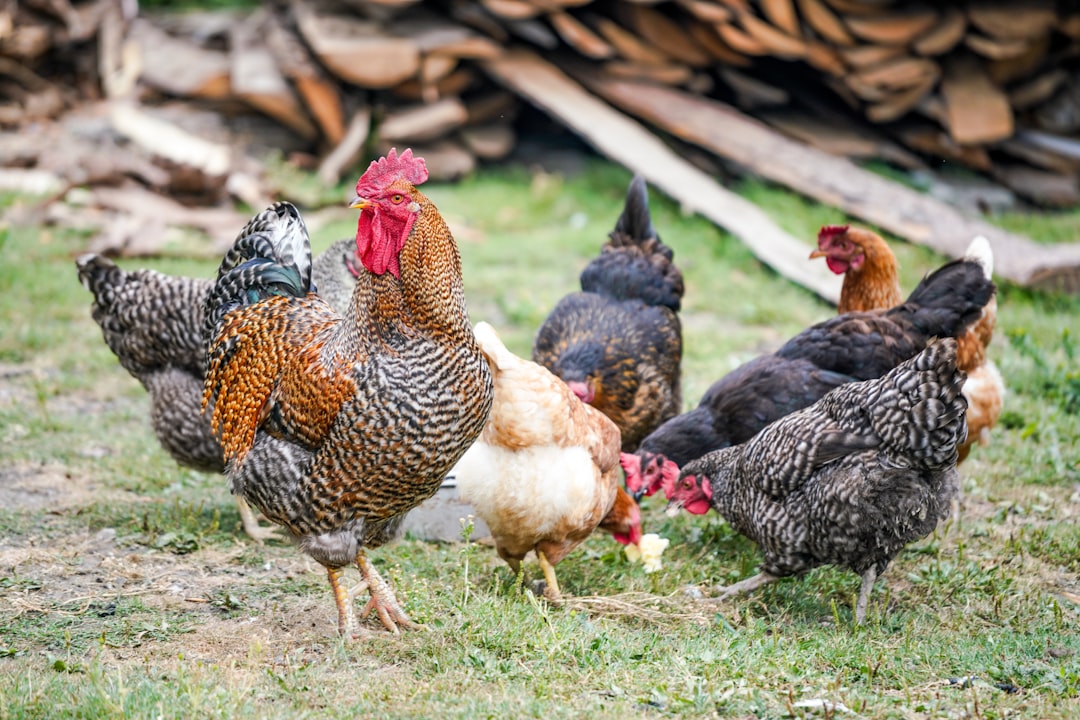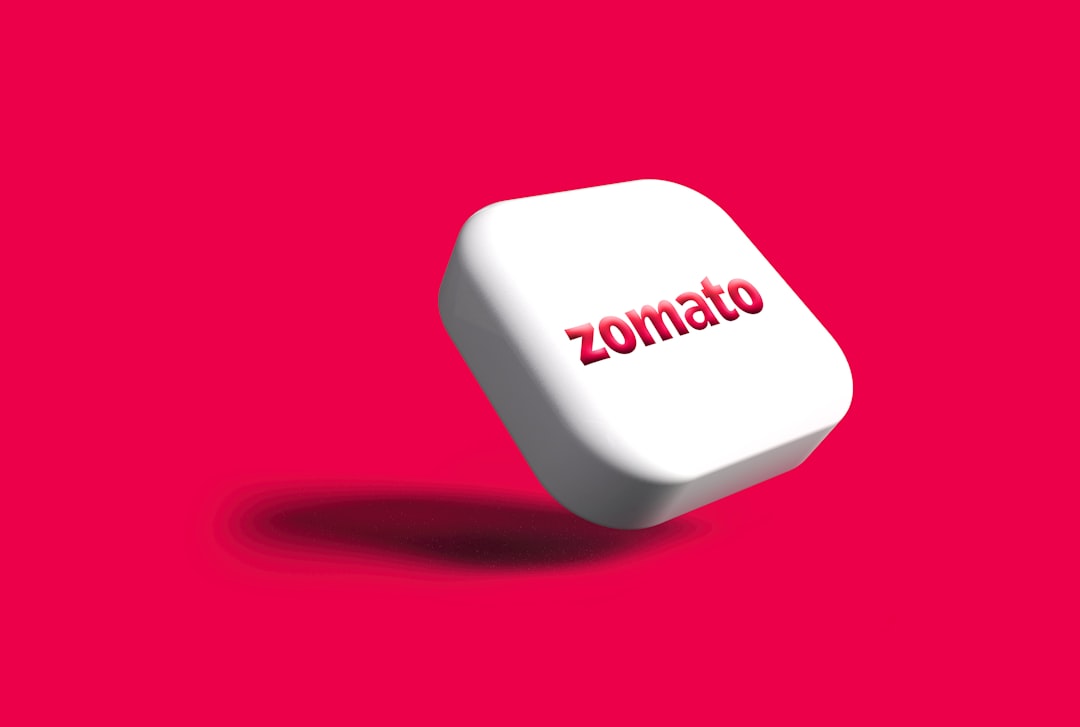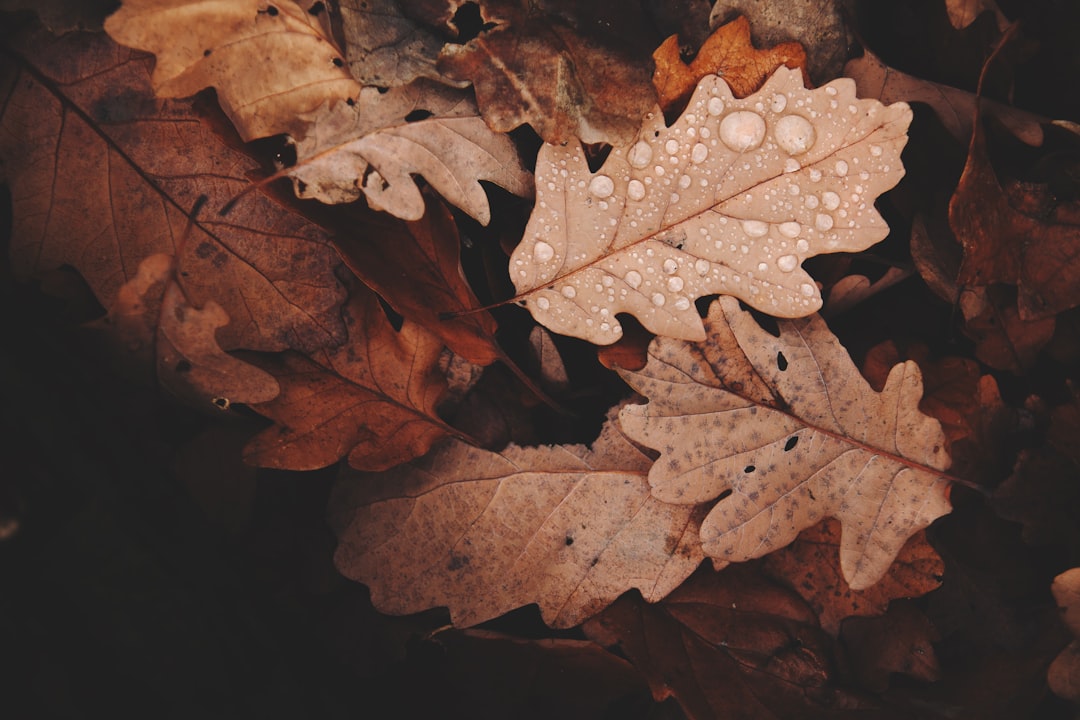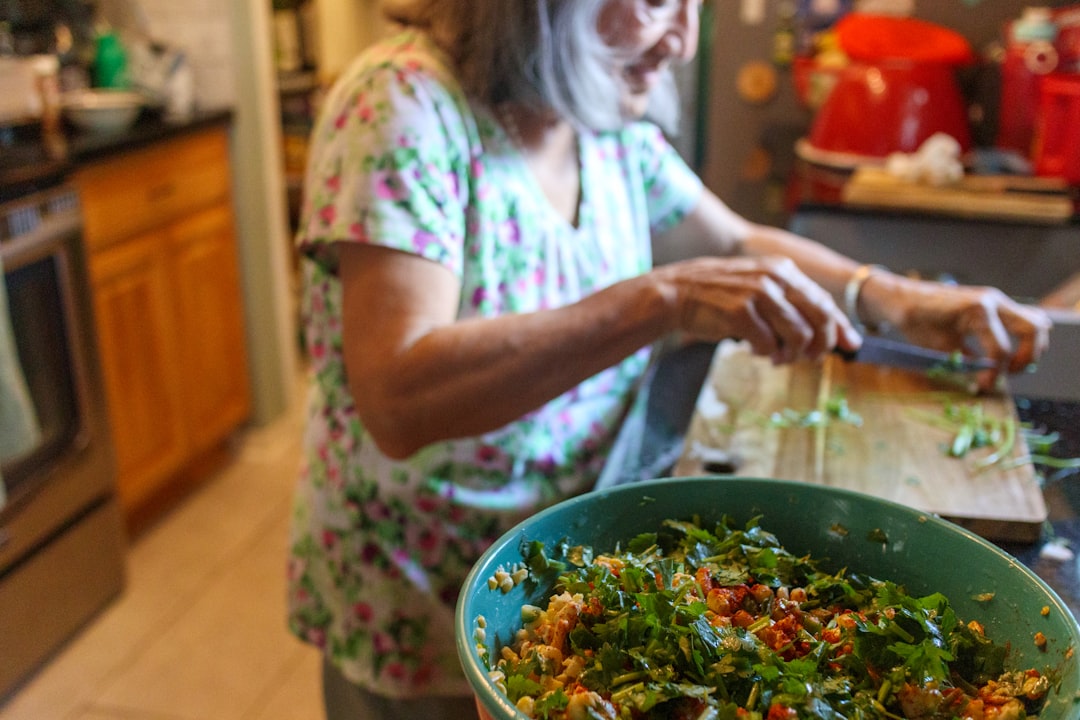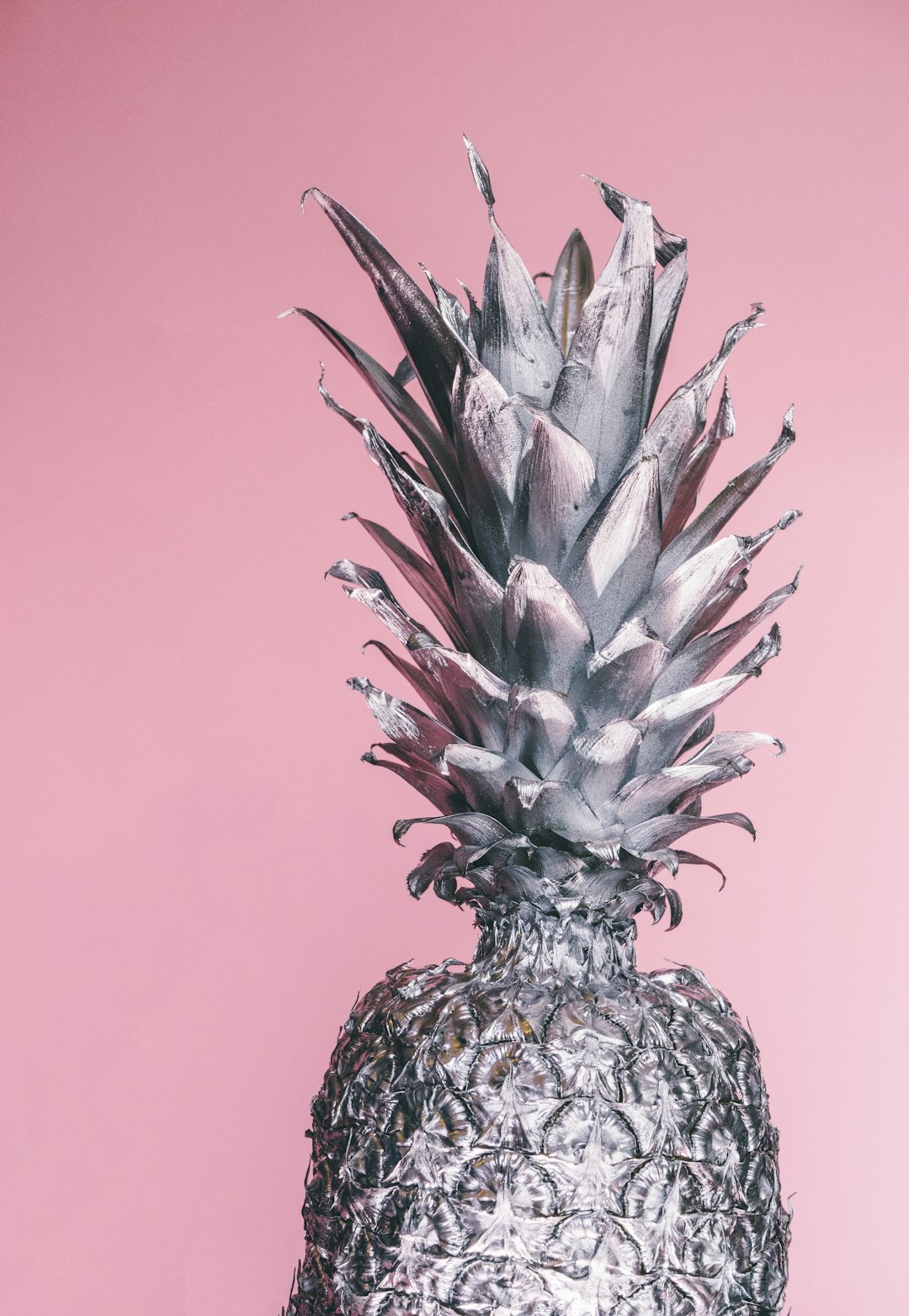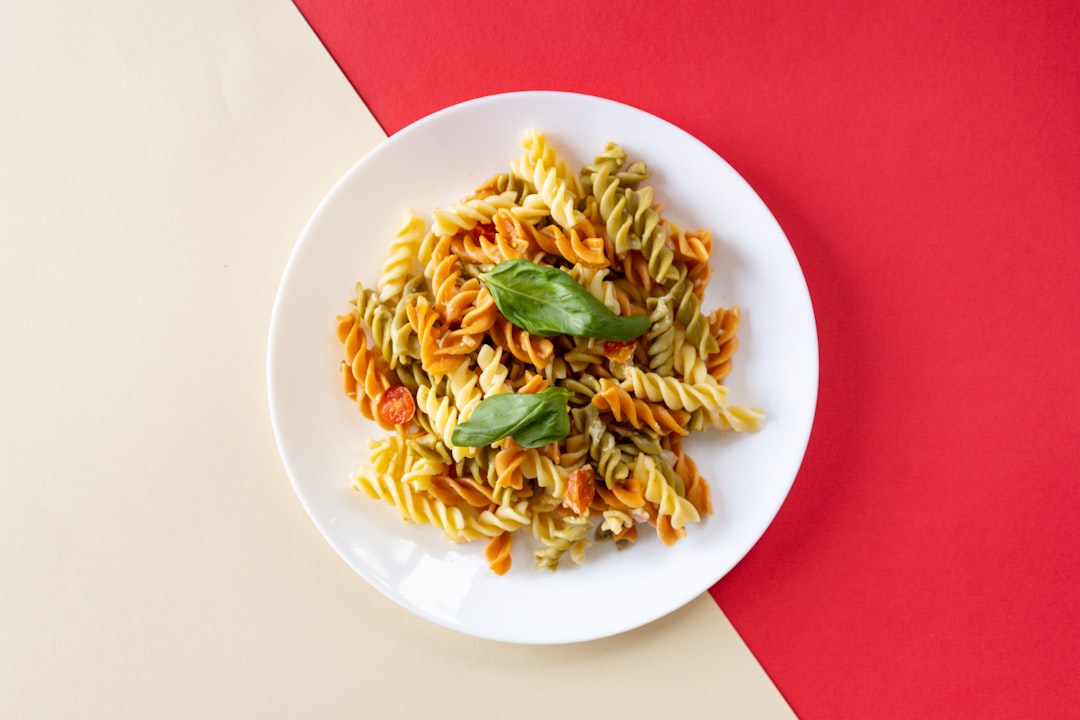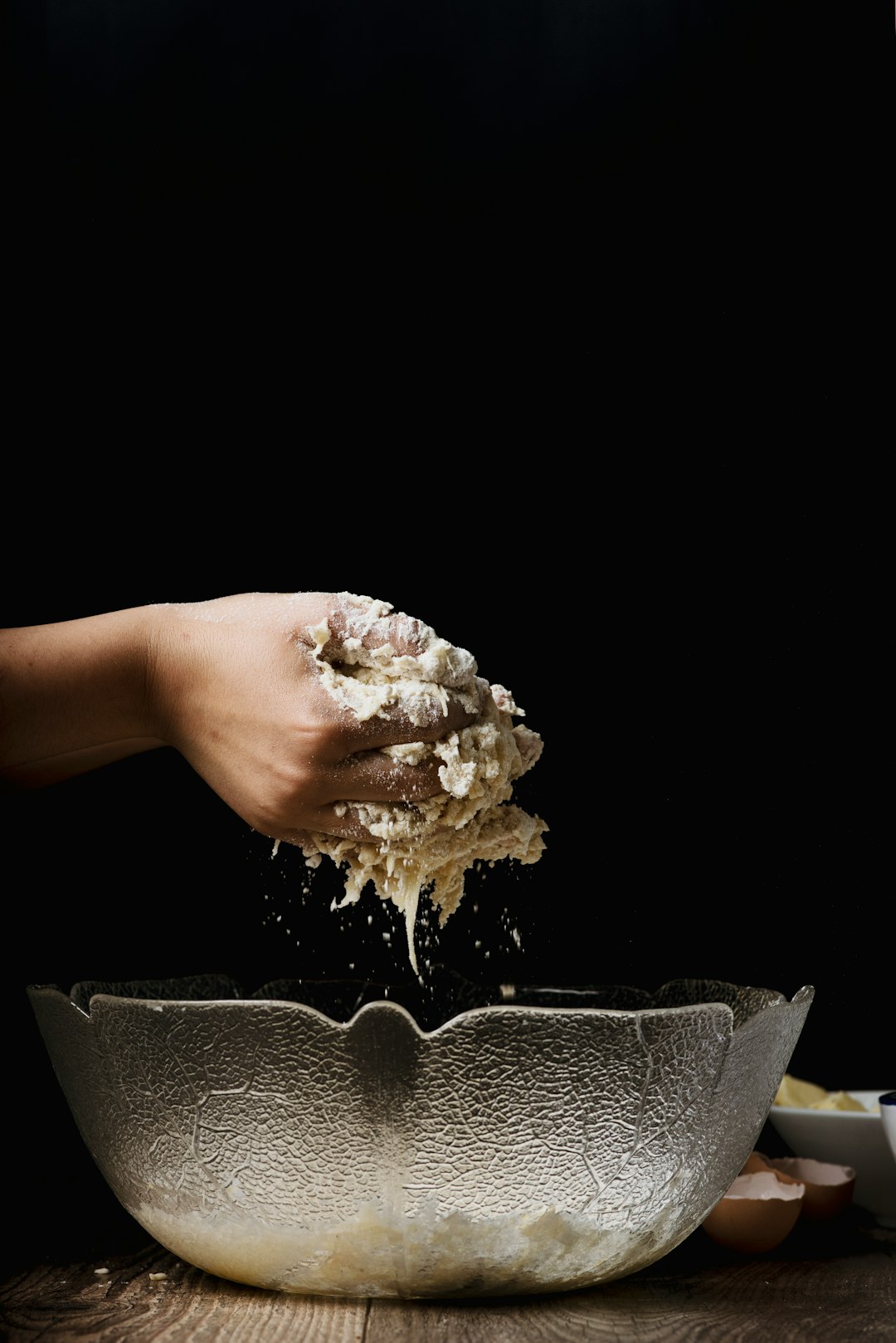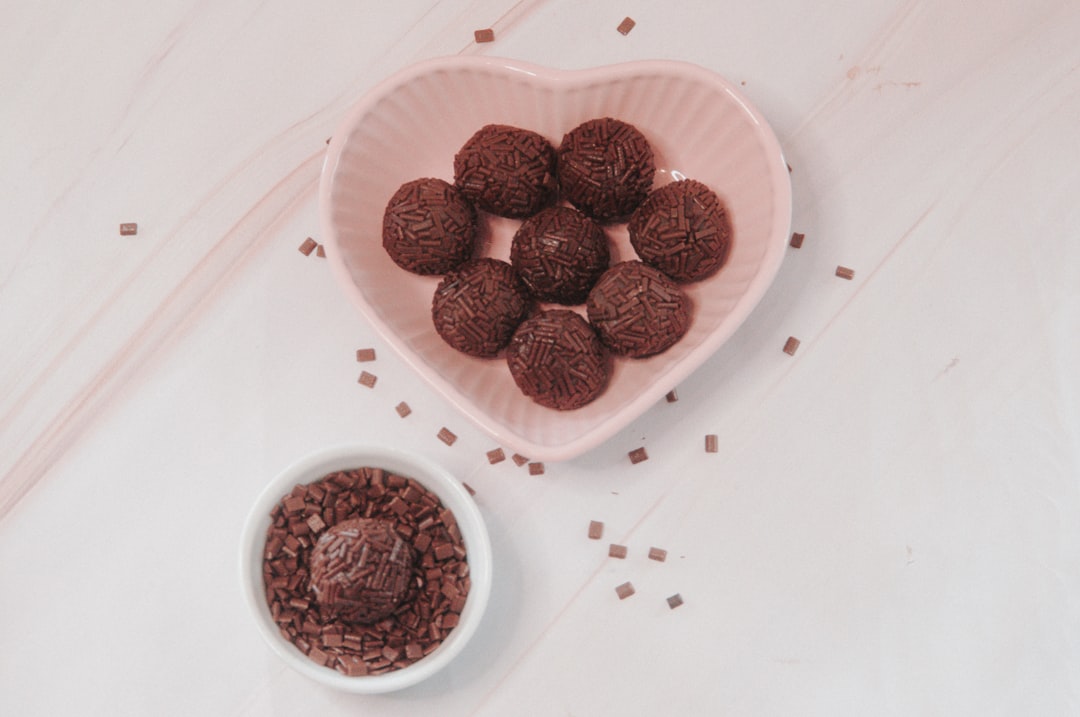
When it comes to strawberries, most of us focus solely on the juicy, red fruit. However, the leaves of the strawberry plant are often overlooked, yet they hold a wealth of potential. In this article, we'll explore whether you can eat strawberry leaves, the benefits of doing so, how to clean them, and some delicious recipes to incorporate them into your diet.
First and foremost, the answer to the question “Can you eat strawberry leaves?” is a resounding yes. Eating strawberry leaves not only helps in reducing food waste but also provides several nutritional benefits. Strawberry leaves are rich in antioxidants, which play a crucial role in protecting our cells from damage caused by free radicals. These antioxidants can help boost our immune system and reduce the risk of chronic diseases.
Moreover, strawberry leaves contain tannins, which have anti - inflammatory properties. They can help soothe digestive issues and may even have a positive impact on oral health. Additionally, they are a good source of vitamins and minerals such as vitamin C, which is essential for collagen production, skin health, and iron absorption.
Now that we know the benefits, let's talk about how to clean strawberry leaves properly. Start by gently removing the leaves from the strawberry plant. Make sure to choose fresh, healthy - looking leaves without any signs of discoloration or damage. Place the leaves in a colander and rinse them under cold running water. You can also soak them in a bowl of cold water with a little vinegar for a few minutes to remove any dirt or pesticides. After soaking, rinse them thoroughly again and pat them dry with a clean kitchen towel.
There are numerous ways to incorporate strawberry leaves into your diet. One simple way is to make strawberry leaf tea. Boil a cup of water and add a handful of clean strawberry leaves. Let it steep for about 5 - 10 minutes, then strain the leaves. You can add a bit of honey or lemon for extra flavor. Strawberry leaf tea is not only refreshing but also a great way to enjoy the health benefits of the leaves.
If you're feeling more adventurous, you can try using strawberry leaves in salads. Tear the leaves into small pieces and mix them with your favorite greens, such as spinach or arugula. Add some sliced strawberries, a light vinaigrette, and you have a unique and nutritious salad. The slightly bitter and earthy flavor of the strawberry leaves pairs well with the sweet strawberries and the freshness of the greens.
Another interesting recipe is strawberry leaf pesto. Blend a cup of clean strawberry leaves, a quarter - cup of pine nuts, a quarter - cup of grated Parmesan cheese, a clove of garlic, and enough olive oil to reach your desired consistency. This pesto can be used as a spread on sandwiches, a topping for pasta, or a dip for vegetables. It adds a unique and delicious twist to your usual pesto recipes.
For those with a sweet tooth, you can even use strawberry leaves in desserts. Make a strawberry leaf custard by heating milk with a few strawberry leaves until it just begins to simmer. Remove the leaves and let the milk cool slightly. Then, whisk in egg yolks and sugar, and cook the mixture over low heat until it thickens. Pour the custard into ramekins and refrigerate until set. Top it with fresh strawberries for a decadent treat.
In conclusion, strawberry leaves are a versatile and nutritious ingredient that should not be wasted. Whether you want to sneak them into your meals or let them take center stage in a recipe, there are plenty of ways to enjoy the benefits of these often - overlooked leaves. So, the next time you have a bunch of strawberries, don't throw away the leaves. Instead, get creative in the kitchen and discover the wonderful world of strawberry leaf cooking.













